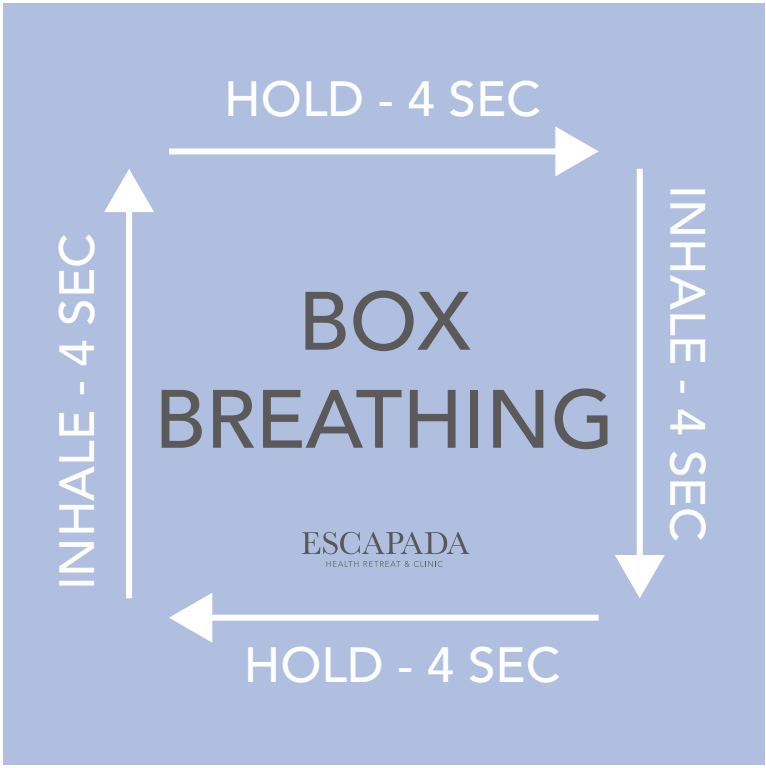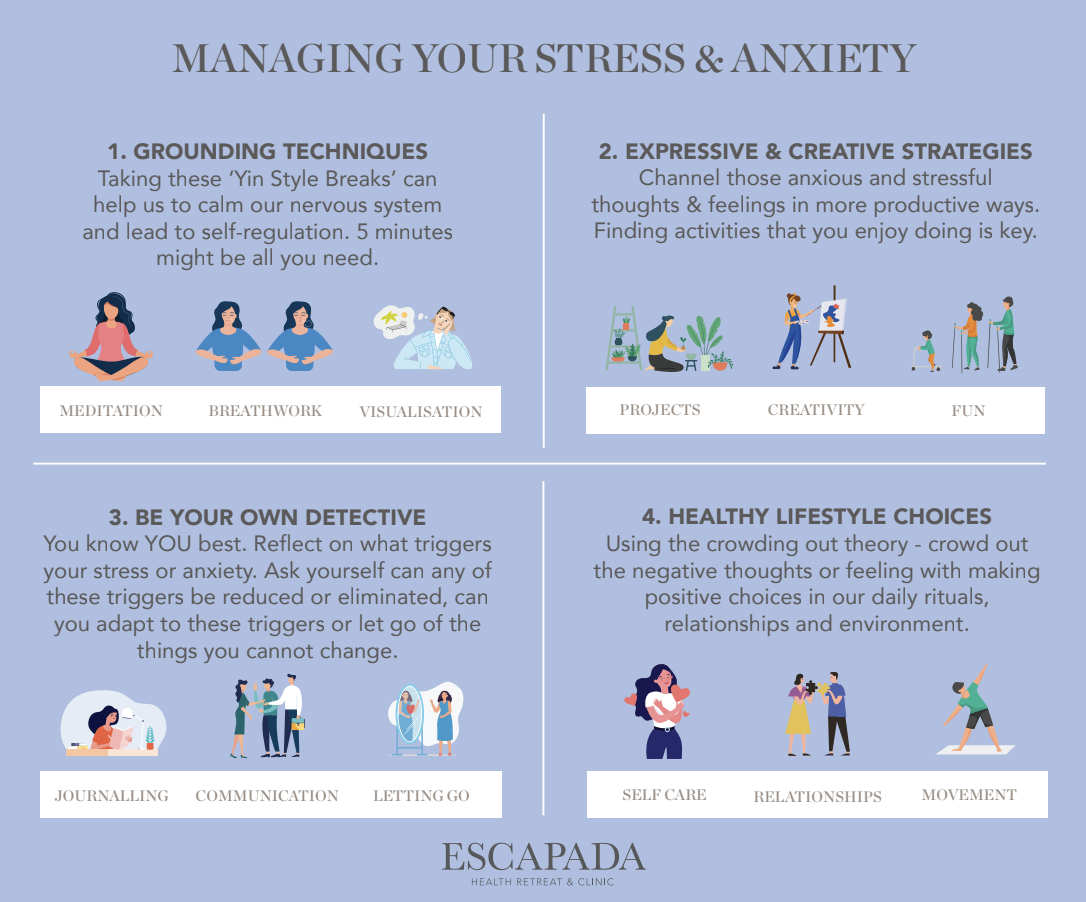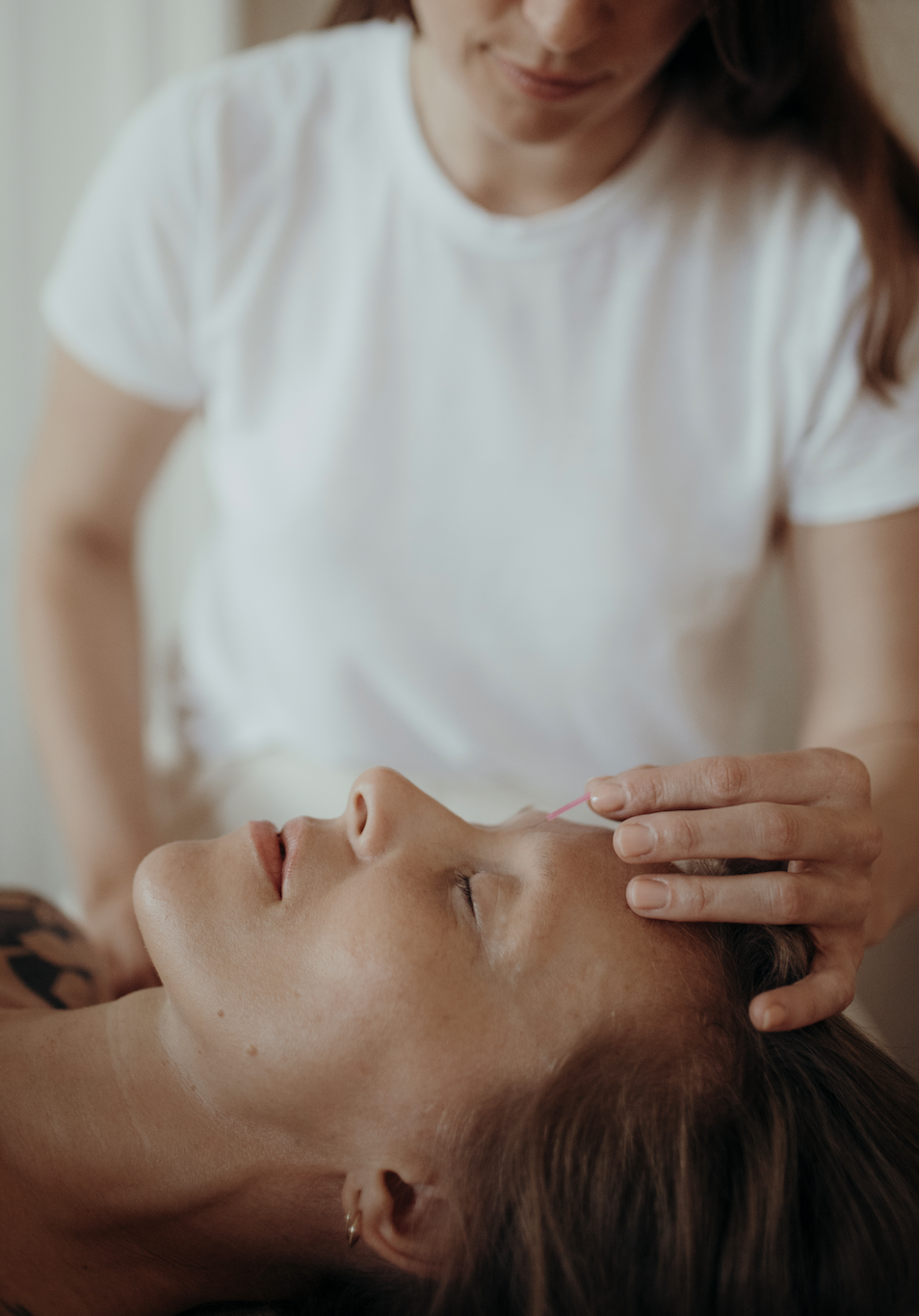Christmas can be a wonderful time of year but it can also bring up a lot of emotion that can be difficult to navigate, family dynamics, financial stress , social anxiety and loneliness. Sound familiar?
Our advice is to plan ahead now for some of the triggers that might come up for you and your individual situation. Not every stress can be eliminated but paying attention to what has a tendancy to throw you out of balance or trigger you and putting some simple practices/ boundaries in place can make a huge difference to how you enjoy this holiday.
1. Set some non-negotiables
This can mean different things to different people but we recommend making them small and manageable so even on a chaotic day, they still get achieved. Setting these boundaries can be really empowering and make you feel you are taking care of your well-being on a ongoing basis rather than it all falling apart. Achieving this small act every day can have such a ripple effect on your mental health. People who succeed have momentum. The more they succeed, the more they want to succeed, and the more they find a way to succeed. Similarly, when someone is failing, the tendency is to get on a downward spiral that can even become a self-fulfilling prophecy. Reflect on what small act every day will have the biggest impact for you, perhaps 5 minutes meditation, 10 minutes walk outside in nature by yourself etc.
2. Acknowledge the emotion
As always in Chinese medicine, prevention is better than cure - and knowledge is power. Recognising that you are, for example, an anxious person by nature means you’ve won half the battle. Once you know, you can focus in on what triggers you and what your typical emotion is in order to process it.
Own It - Recognise and name it
Shift it - Techniques to release it - breathwork, shaking, exercise, healing sounds, body tapping
Regularity - These techniques may seem simple but that’s why they work - they need to be simple so we do them consistently. If the emotion is one that you’re experiencing often, practise shifting it everyday wither its through breathe work, shaking, bamboo tapping, body tapping
3. Breathework
‘The perfected breathe all the way to their heels, unlike ordinary folk who only breathe as far as their throats’
- ZHUANGZI, 3RD CENTUARY BCE
Practicing breath work is one of the cheapest and most effective stress management techniques that you have at your disposal. The beauty of breathwork is, it is not a complicated process and can have an immediate impact on how you feel. Box breathing is a valuable mindfulness technique that can aid in stress management. It's a handy breath exercise to use because it is very simple and therefor easy to remember.
This is a breathing technique that the Navy SEALs use, they are frequently placed in high-stress situations and use this to focus and calm. It is recommended to save it for moments when you need a quick hit of calm, so using this breath before difficult conversations or if I want to feel more focused when going into a meeting is a good idea.
Breathe in for four counts through your nose.
Hold for four counts.
Breathe out for four counts through your nose or mouth.
Hold for four counts.
If you are new to breath exercises and you find counting to four is to long then start with the count of two and see if you can gradually make your way to the count of four with time and patience.
4. Priming Hour
During the holiday season, there is a wonderful let go of structure and routine, alarm clocks and lazy lie in’s - happy days. However, we do recommend keeping a good morning routine that suits you best, instead of falling into endless scrolling online. The positive effects of priming on psychology have been proven again and again. You can learn to change your state of mind by changing your physical state with an effective priming routine. Priming is most powerful when completed in the morning to set a powerful tone for your day. You can prime yourself positively or negatively depending on what you allow into your mind. So how you start your day is so important - set up your morning routine away from phones and unnecessary stimulus. Morning rituals like meditation, mindful movement, hot water and lemon to begin your digestion, get 10 minutes outside in daylight. These are all wonderful ways to begin your day physically and mentally. Practicing priming can change your whole day.
5. Have your own stress management toolbox ready to go!
Here are some of the tips we recommend.

























